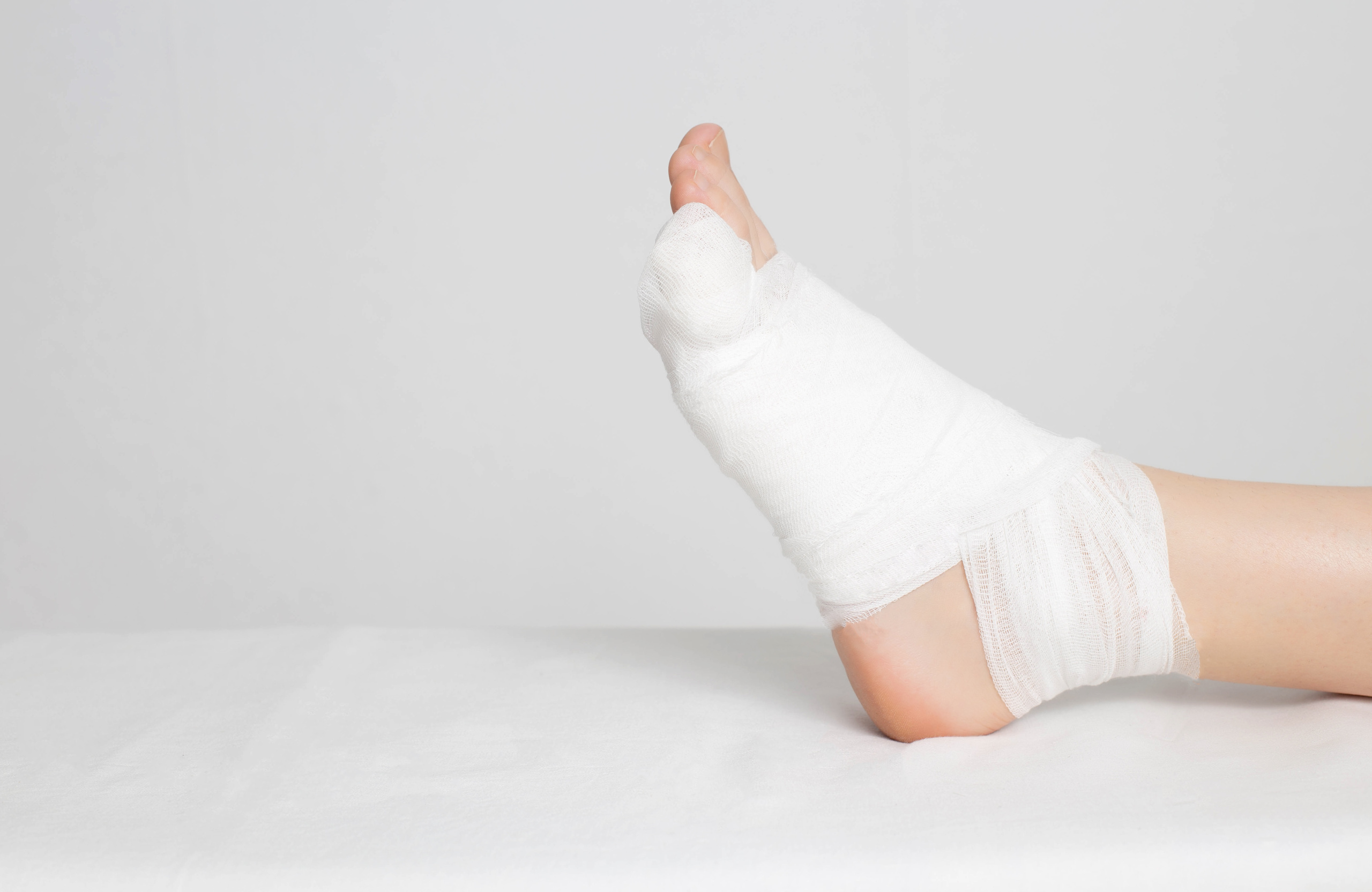Winter encourages activity. Skiing, snowboarding, skating or sledding. There are plenty of choices. However, it is worth knowing about the dangers of winter weather and taking the right precautions to protect yourself and others from the effects of cold temperatures.
Frostbite is particularly dangerous to the body, especially during winter, when low temperatures and extreme weather conditions can lead to injuries.
- The most vulnerable to frostbite are the fingers and toes, the nose and the earlobes. Under the influence of cold, blood vessels shrink and tissues are exposed to hypoxia - the points out Dr Agnieszka Cardinal, dermatologist.
When can frostbite occur?
Temperatures below 0°C are the main, but not the only, cause of frostbite. It is also favoured by wind and humidity, which make tissue frostbite happen very quickly, even in positive temperatures. Frostbite also occurs more quickly when we are hungry, at high altitude, weak and tired or dehydrated, or if we have diabetes. Children and the elderly are more prone to frostbite because of the faster loss of heat.
Winter can be beautiful and safe, provided we are properly prepared for it
National Health Fund in the latest Patient's Guide reminds how to prevent frostbite, what to do in the event of frostbite and where to go for medical help during the winter holidays.
The Patient's Guide is a practical guide to the health care system from the patient's perspective. Written simply and concretely. All guides are available at https://www.nfz.gov.pl/dla-pacjenta/poradnik-pacjenta/

